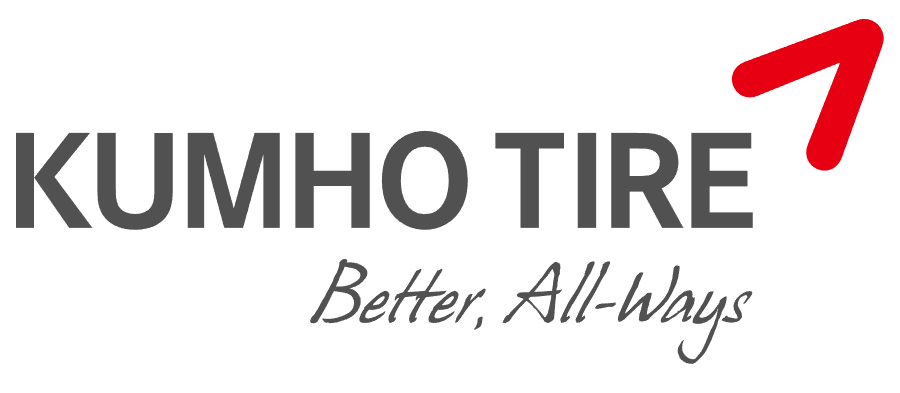Rules of conduct and personal attitude
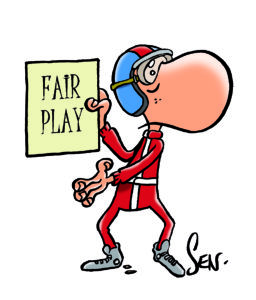 To have fun, to use and enjoy all the power and dynamics of my sports car, to improve and refine my driving skills: aren’t these the goals of a trackday? Although there are no speed limits on the track, this does not mean that I should not follow rules of conduct. An experienced driver should NEVER provoke or push a less experimented driver (risk of accident). An inexperienced driver should NEVER try to follow an experienced one. If he does, the crash is preprogrammed. To ‘slam the door’ or to try to ‘squeeze through’ when entering a turn : these are also behaviours that should be avoided in any case.
To have fun, to use and enjoy all the power and dynamics of my sports car, to improve and refine my driving skills: aren’t these the goals of a trackday? Although there are no speed limits on the track, this does not mean that I should not follow rules of conduct. An experienced driver should NEVER provoke or push a less experimented driver (risk of accident). An inexperienced driver should NEVER try to follow an experienced one. If he does, the crash is preprogrammed. To ‘slam the door’ or to try to ‘squeeze through’ when entering a turn : these are also behaviours that should be avoided in any case.
12 RULES OF CONDUCT AND PERSONAL ATTITUDE
1. Having a bad feeling at the end of the mandatory briefing (1st time on a racetrack, 1st time on the track of the day,…) we recommand to take an instructor or an experienced driver for advice/help. Either you lap as a passenger in his car or he sits by in your car to ‘experience’ the first laps. Some organizers oblige beginners to take an instructor with them as a co-driver during the first laps, which we extremely recommand. Being on a racetrack for the first time is stressful, which is natural and normal.


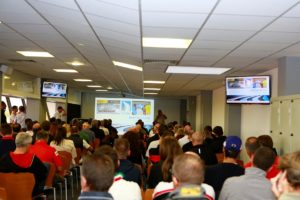
As an example, here is the link to the mandatory video briefing for driving at Circuit Bugatti / Le Mans (9’18) :
https://youtu.be/V4UvzHR42KI?si=Vd5ySKOLpWk_69Qm
2. Before going on the pitlane and wanting to enter the track, make sure that car, driver and co-driver are ready : stickers and tow hook/s fixed, car interior ’emptied’, sufficient gasoline, tire pressure OK, suitable clothes and helmets, driver/passenger wristbands, seatbelts fastened, windows closed.
3. As soon as I leave the pit lane and enter the track, I NEVER cross the white line separating the track from the pit lane exit (- see picture) ! While I am driving between the two white lines, I accelerate frankly and drive carefully onto the track after the separation lines, making sure via the mirrors that nobody is approaching at high speed. At Dijon-Prenois, for example, the best-performing GTs reach 250-300 km/h at the end of the straight, precisely where you enter the track…
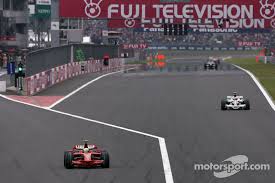
4. I give myself, the engine, the tires and the brakes enough time to ‘warm up’ and gradually increase the rhythm, lap by lap (otherwise there is an increased risk of spinning).
5. At the end of the stint, before returning to the pit lane, we recommand to make a ‘slow down lap’ in order to cool down brakes, tyres and engine. The ‘slow down lap’ should be done at a fast pace to avoid a big difference in speed between me and the fast drivers. In order to cool down the car on an efficient way, you should maintain a certain speed.
6. To return to the pit lane, NEVER cross the track diagonally : it is important to close the track side early. If there is to heavy traffic or I find out too late that I’m on the ‘wrong’ side, then I make another cooldown lap !
7. On a racetrack, and unless the organizer of the day informs you otherwise, overtaking is allowed on the left and right side (exception : Nürburgring/Nordschleife/Touristenfahrten).
8. Another golden rule is : look far ahead, search the ‘track horizon’ with your eyes (drive with foresight). But also look very regularly into the correctly adjusted mirrors (inside, outside left, outside right). If a faster car wants to overtake you, do the following thing : if you are on the right side of the track you activate the right indicator and you stay RIGHT (NEVER change the side of the track !). It is up to the overtaking driver to decide whether he wants to overtake you or not. If the overtaking driver (car in the back) is not sure that the car in front of him has seen him, the overtaking driver should wait with the manoeuvre. The overtaking car can draw attention with quick flasher signals (ideally after a combination of bends and at the beginning of a straight line).
9. Drive with closed windows. Some racetracks tolerate 2-3 cm open windows. The air conditioning should be activated when outside temperatures are high.
10. Do not forget to breathe regularly, deeply and calmly through your mouth. Your jaw muscles are relaxed, your mouth is a little open and you give yourself a constant smile while driving.
11.Don’t overestimate yourself : there are crashes without damage or consequences. But it can also quickly become very expensive. Apart from the high repair costs for your car, you will have to reckon with high repair costs of the circuit infrastructures. Before each trackday, each participant must obligatorily sign a disclaimer of liability towards the organizer and the race track.
12. Don’t forget that we’re all together here to have fun, among enthusiasts! (respect, respect, respect)
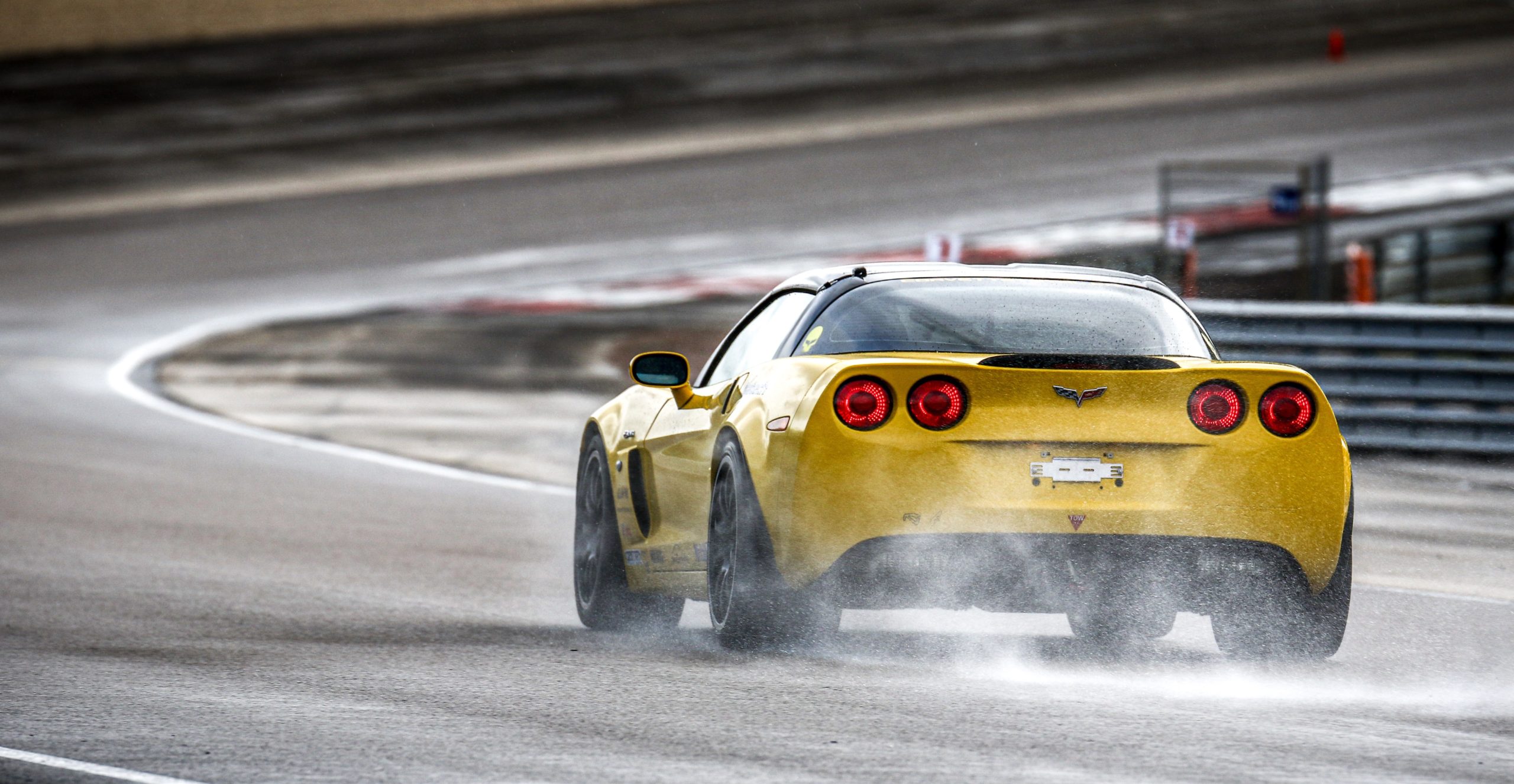
![]()





